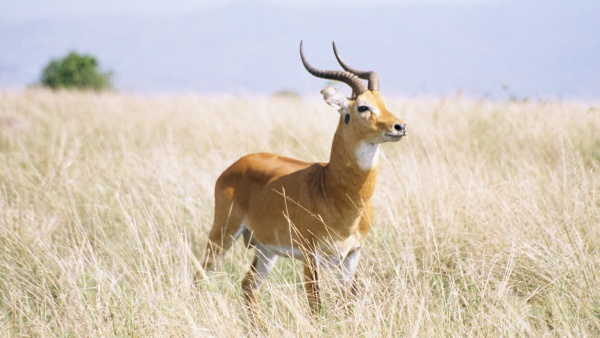Facts About Kob
The kob is a type of antelope that roams the savannas and grassy floodplains of Central, West, and East Africa. These beautiful creatures belong to the Reduncinae tribe, sharing familial ties with reedbucks, waterbucks, lechwe, Nile lechwe, and puku. If you ever visit countries like Uganda, the Democratic Republic of the Congo, or South Sudan, you might spot them in wet, grassy areas where they love to graze.
Kobs bear a resemblance to impalas but are more robust. The males, in particular, are larger and boast impressive horns. Their coats range from golden to reddish-brown, adorned with striking white markings on their throats, around their eyes, and inside their ears. Unfortunately, their numbers are dwindling due to hunting and human encroachment.
When it comes to their social habits, kobs exhibit fascinating behaviors. Females and their calves form herds, whereas males either band together or establish territories for mating. Female kobs begin ovulating at around 13-14 months old and give birth after approximately eight months of pregnancy. Newborn calves initially hide in dense vegetation but soon join their mothers' herds until they are weaned. As they mature, young males leave to join bachelor groups.
Fortunately, there are conservation efforts in place to protect these magnificent animals. Various national parks across Africa, such as those in Uganda, serve as safe havens for the Uganda kob and Buffon's kob. The white-eared kob, once feared to be on the brink of extinction due to conflict and civil war, has made a remarkable comeback, with several hundred thousand individuals now thriving.
These conservation initiatives are critical for ensuring that kobs continue to grace the African landscape for generations to come.

 Senegal
Senegal